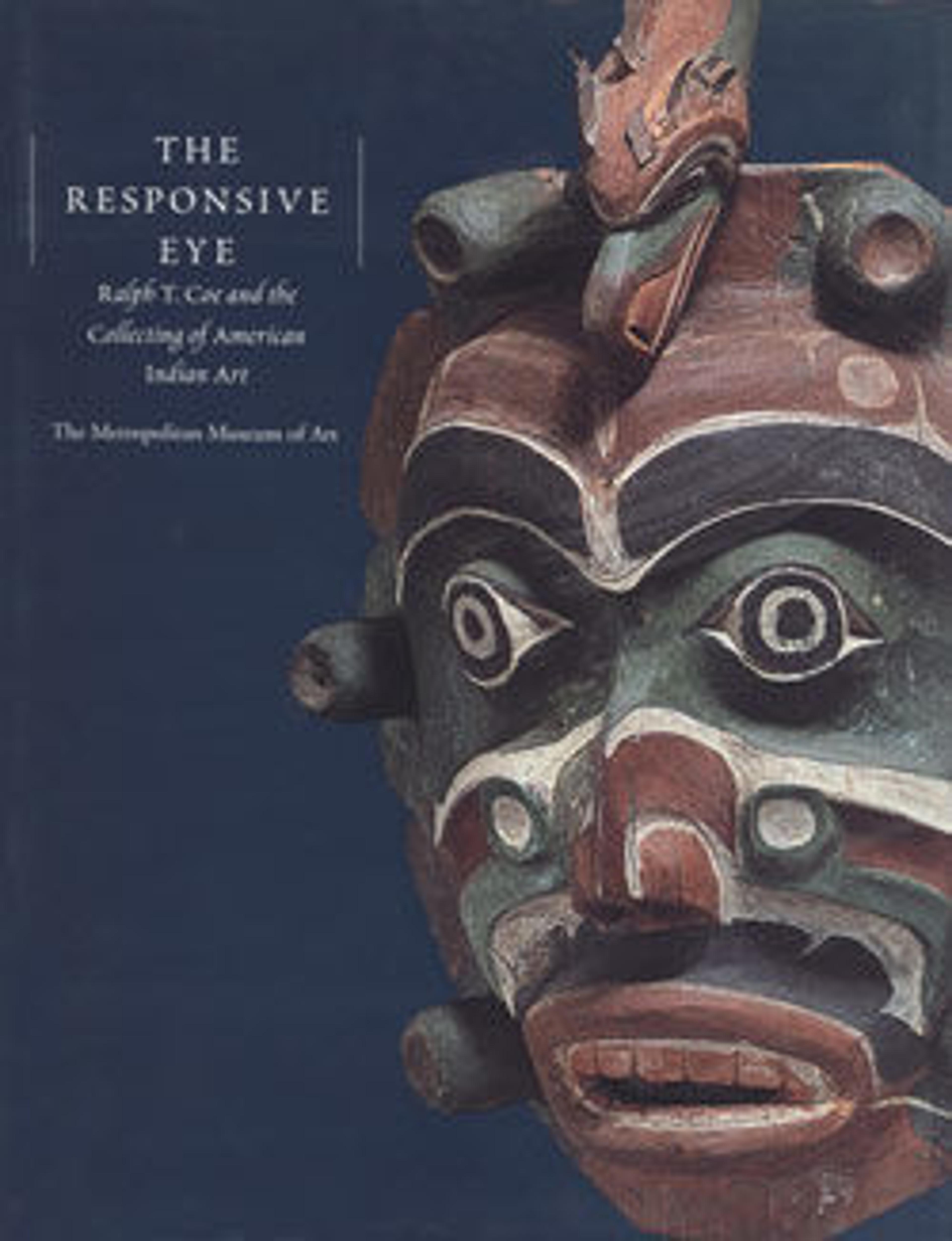Woman's Wearing Blanket
With its five simple yet powerful hand motifs, which symbolize friendship, this Osage woman's wearing blanket is a splendid example of Native American textile art. Large wearing blankets with ribbon-appliqué borders, such as this one, developed in Oklahoma around the turn of the twentieth century, particularly among the Osage and Oto peoples. They reached a peak in production during the height of the oil boom in Oklahoma in the 1920s and 1930s. During this period, Osage families made substantial sums from the oil on their lands, and their lifestyle became increasingly comfortable. Accompanying this prosperity was an elaboration of dress that marks the high point in Osage fashion. Beautifully patterned wearing blankets like the present example became a necessity for all important occasions. Draped across the back and folded across the shoulders, such blankets are still worn today by prominent Osage women.
Artwork Details
- Title:Woman's Wearing Blanket
- Date:early 20th century
- Geography:Object place Oklahoma, United States
- Culture:Osage
- Medium:Wool and silk trade cloth, glass beads
- Dimensions:H. 60 x W. 67 in. (152.4 x 170.2 cm)
- Credit Line:Gift of Ralph T. Coe, 2002
- Object Number:2002.602.7
- Curatorial Department: The American Wing
More Artwork
Research Resources
The Met provides unparalleled resources for research and welcomes an international community of students and scholars. The Met's Open Access API is where creators and researchers can connect to the The Met collection. Open Access data and public domain images are available for unrestricted commercial and noncommercial use without permission or fee.
To request images under copyright and other restrictions, please use this Image Request form.
Feedback
We continue to research and examine historical and cultural context for objects in The Met collection. If you have comments or questions about this object record, please contact us using the form below. The Museum looks forward to receiving your comments.
